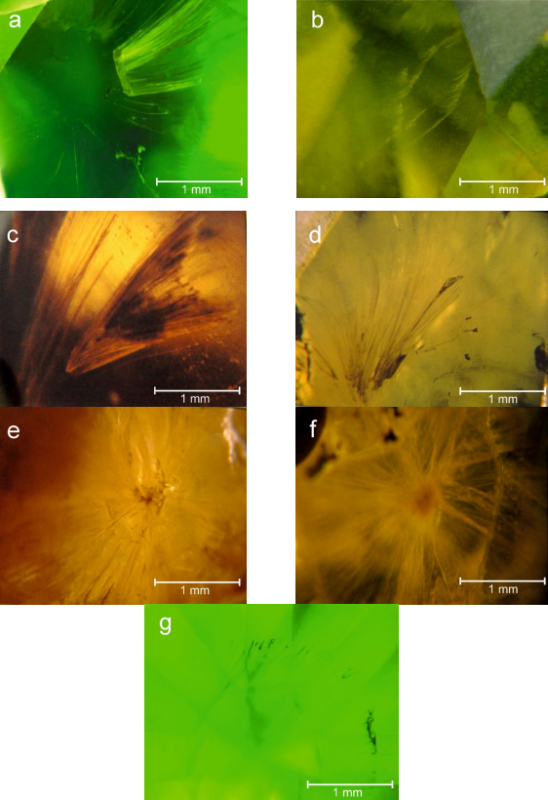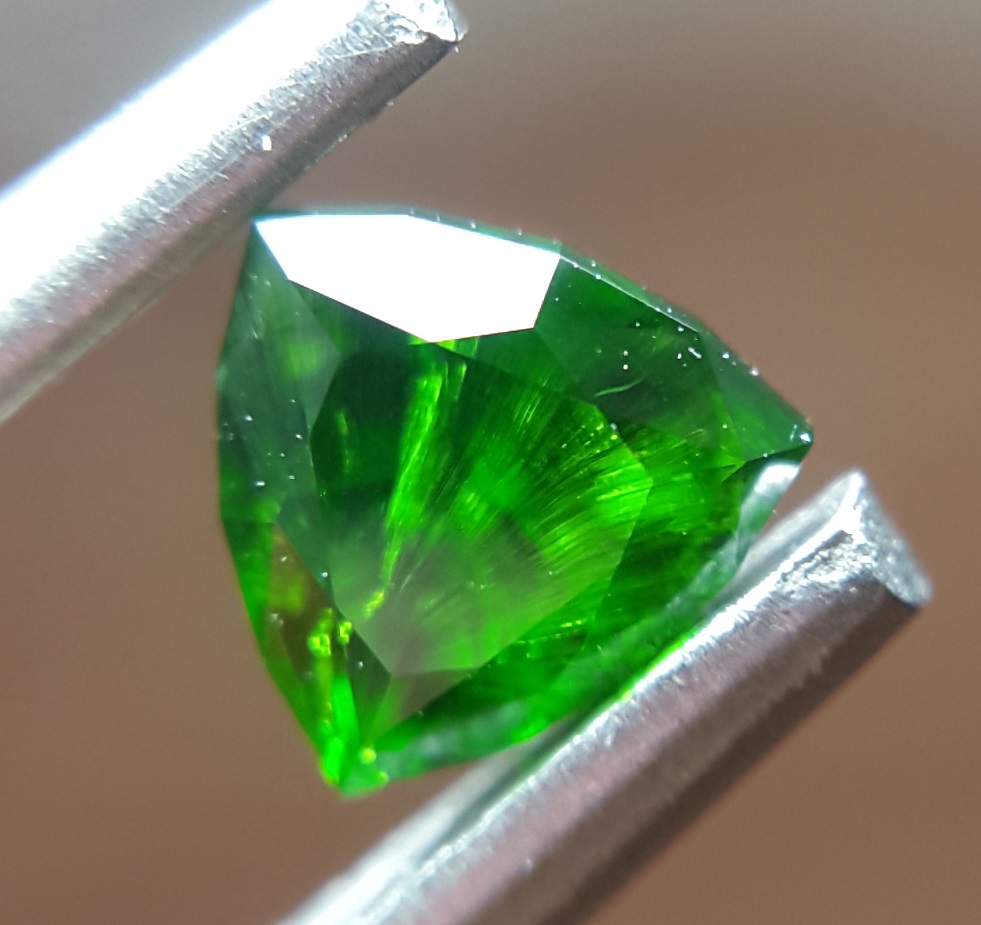horsetails are one of the special inclusions of demantoid garnet and not only contribute to the authenticity of this gemstone, but in certain cases lead to the beauty and very high price of demantoid, which is very attractive to gemstone collectors.
horsetails are hair-like inclusions that separate in bunches and are so named because they resemble horsetails. The most beautiful form of horsetail formation is that they are spread from the central part of the demantoid to its periphery in the form of a dandelion, and these components become key markers for identifying the demantoid and also determining the geographical origin of the demantoid. However, demantoids with horsetail components - wavy, golden and fibrous - are particularly popular with collectors.
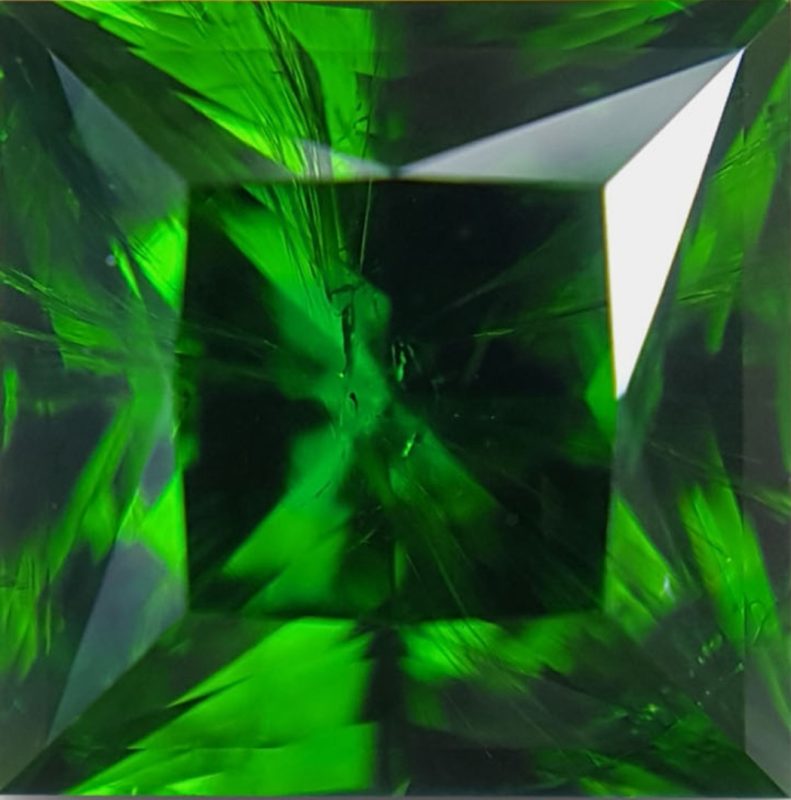
With their very beautiful dance inside the stone, these threads not only stand out more that they can be seen with the naked eye in many cases, but also in the sale of such demantoids, due to their authenticity, they attract higher trust for buyers.
Personally, due to the great experience I had in cutting demantoid garnets of Iran and I have cut many veins from different demantoid regions of Kerman, I have been able to observe many models of this inclusion, which have different forms of cumulative to scattered and single and ... and I have seen different colors such as golden yellow, white and colorless.
Herstyle inclusions were first seen in oral demantoids.
Herestyles have the following features:
1- may be abundant (the gem can completely lose its transparency), 2- often large and easily detected by the naked eye, and 3- sometimes colored in ochre and clearly visible.
However, there is no consensus among researchers about its origin or composition.
Initially it was assumed that they were byssolite (actinolite-asbestos) and,
under this name, they were mentioned in geological reports and articles. In 1992, at the International Gemological Conference (Paris), Gübelin (Switzerland) reported that he managed to analyze these inclusions in a demantoid from Val Malenco (Italy) by the X-ray diffraction method, and determined their chemical composition to be chrysotile (serpentine group mineral). These results were confirmed by microprobe analyses .
Chrysotile was also detected in the demantoid from Balochistan
(Pakistan)
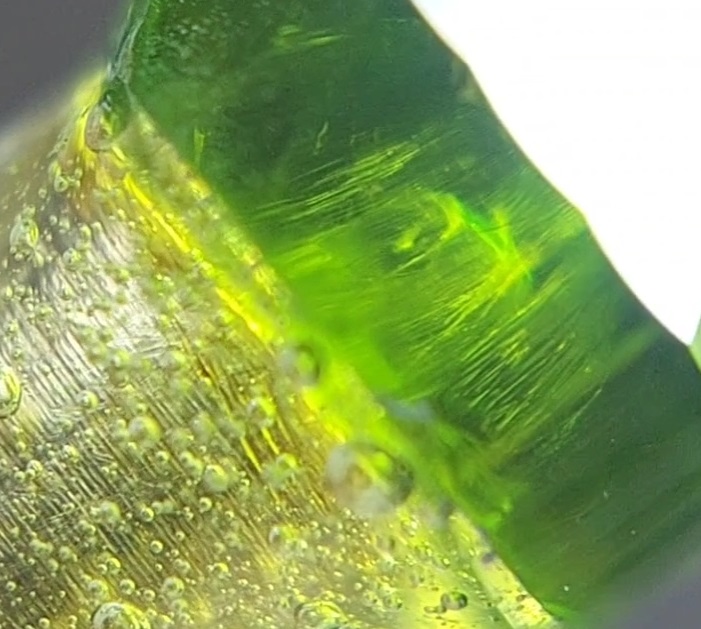
Do all demantoids have herstyle inclusions?

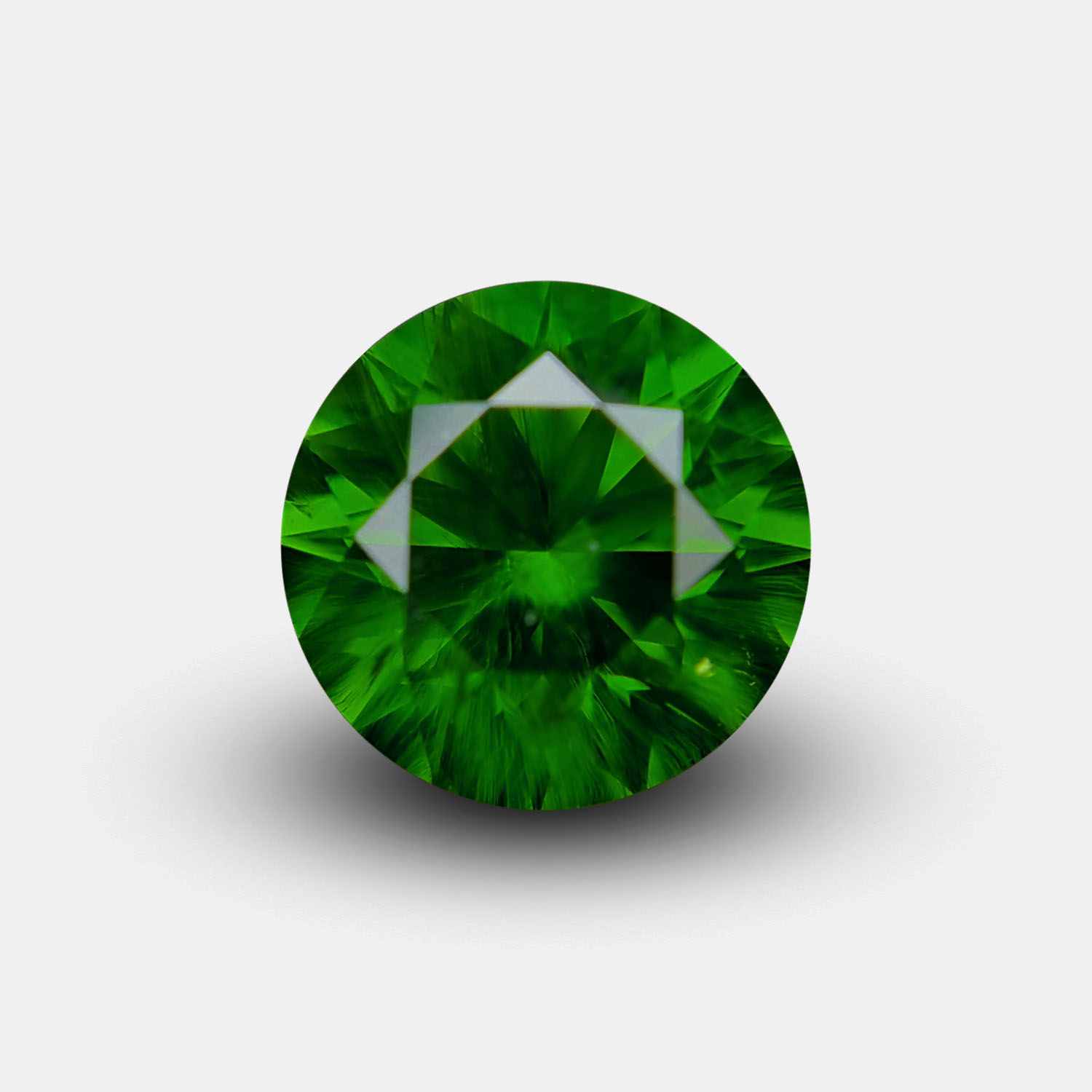


Horsetail inclusions of byssolite or chrysotile, usually golden in color, are named for their long, wavy appearance. These inclusions have long been considered to identify demantoids. However, a 2018 study showed horsetail inclusions in non-demantoid andradite (brown or topazolite). Therefore, a horsetail may not be sufficient by itself to identify demantoids, nor do all demantoids have horsetail.
Not all Russian demantoids have these famous chrysotile compounds. horsetail is also seen in the demantoids of Iran, Italy, and Pakistan, but it is not seen in Namibia or Madagascar.
On very rare occasions, inclusions in demantoids may produce cat's eye gems.
Different forms of horsetail inclusion in demantoid
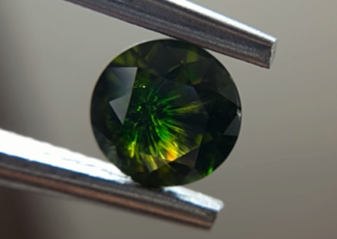
Horsetail inclusions are often V-shaped and they are usually colorless and transparent. When the demantoids are in alluvial areas, Herstile inclusions turn ocher-yellow.
In stones that have been subjected to high-temperature annealing (to improve coloration), sometimes the horsetails acquire a dark brown color and lose their transparency. It is important to note that small disc-shaped cracks are not characteristic for annealed stones, although these cracks are a sign of heat treatment of the gemstones.
The “horsetail” inclusions on the polished facets near the surface are dark colored and opaque, which is due to process dirt .
